Child's Play: Kindergarten and Modernism
This Talk will describe the genesis of the revolutionary kindergarten system and explain kindergarten's foundations in the natural world - in the growth of plants, and the symmetries of crystals and sea-shells. We will focus on the abstraction inherent in the play gifts designed by German educator, crystal scientist, and inventor of kindergarten, Friedrich Froebel (1782-1852), and investigate their formative influence on the work of early modernist artists and architects including Frank Lloyd Wright, Buckminster Fuller, Vassily Kandinsky, Piet Mondrian, Paul Klee, Le Corbusier, and the Bauhaus, and others.
PRODUCER: Norman Brosterman
Norman Brosterman is an architect, artist, cultural historian, and author who is nationally recognized for unearthing and chronicling the origins, techniques, and aims of the original, historic, kindergarten system. His collection of 19th century kindergarten work by teachers and children provides contemporary educators and historians of modern art access to the remarkable lost world of creative play that was the foundation of kindergarten from its invention in 1839.
Bridging the realms of pre-school education and modern art and architecture, Norman Brosterman has spoken at the Harvard Graduate School of Education and the Indianapolis Children's Museum, as well as Frank Lloyd Wright's Unity Temple and the Guggenheim Museum. He is the author of several books, including Inventing Kindergarten, a New York Times Notable Book, and winner of the American Institute of Architect's award for best book of the year on children's issues. He also wrote Out Of Time: Designs for the Twentieth Century Future, on the graphic history of past futures, and curated The Smithsonian Institution traveling exhibition it accompanied.
